Home>Furniture & Design>Interior Design Trends>How To Make Glass Into Mirror
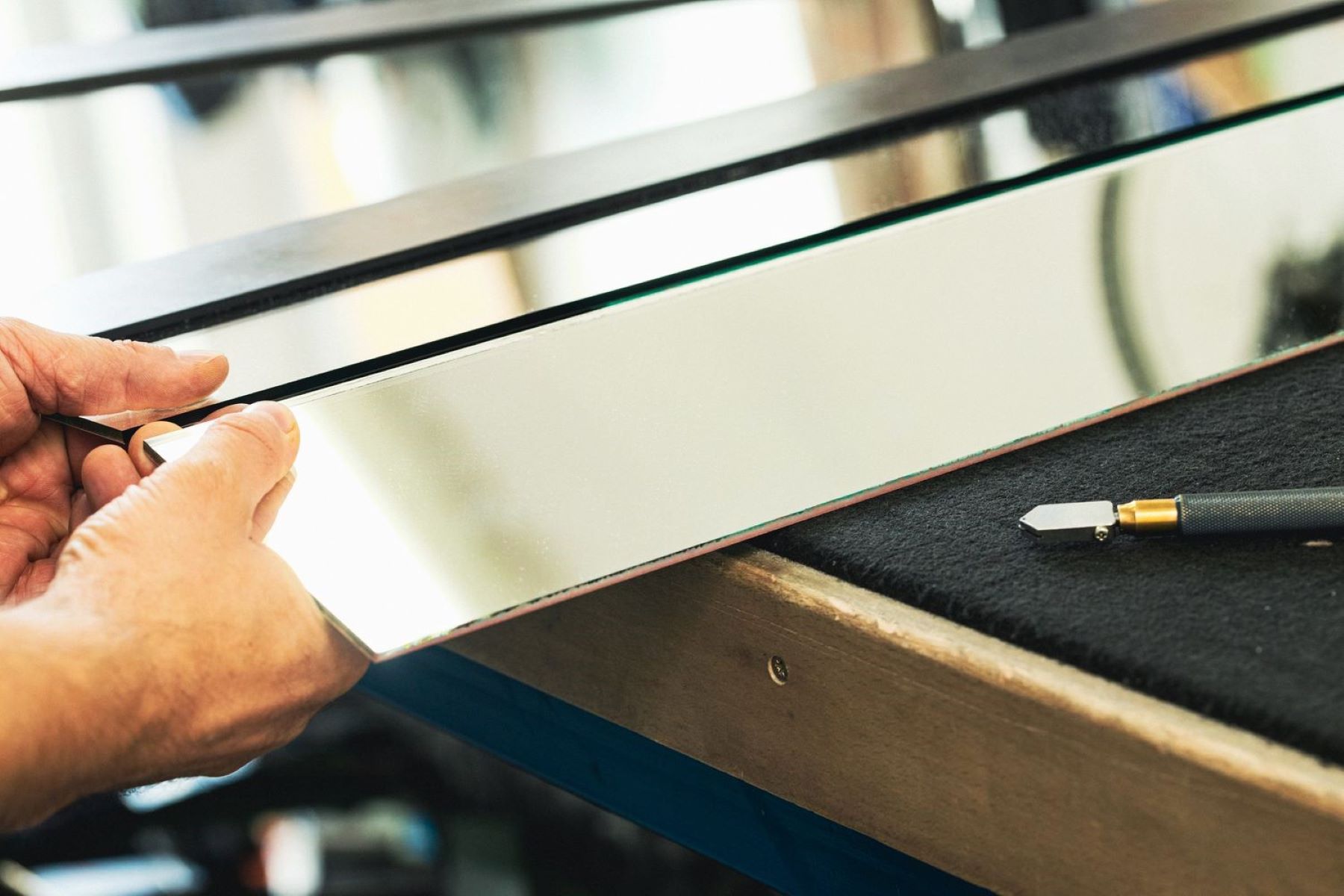

Interior Design Trends
How To Make Glass Into Mirror
Modified: February 18, 2024
Learn how to transform glass into stunning mirrors to elevate your interior design. Discover the latest interior design trends and create a stylish space.
(Many of the links in this article redirect to a specific reviewed product. Your purchase of these products through affiliate links helps to generate commission for Storables.com, at no extra cost. Learn more)
Introduction
Transforming ordinary glass into a stunning mirror is a captivating and rewarding endeavor that allows you to infuse your living space with elegance and charm. The process of turning glass into a mirror involves a fascinating blend of science and artistry, culminating in a reflective surface that adds depth and luminosity to any room. Whether you are seeking to revitalize a vintage piece of furniture or create a custom mirror for your home, mastering the art of mirror-making opens up a world of creative possibilities.
The allure of crafting your own mirror lies in the ability to customize its size, shape, and frame to perfectly complement your interior design aesthetic. By embarking on this journey, you can unleash your creativity and bring a touch of personalization to your living space. Additionally, the satisfaction of witnessing the transformation of a plain glass pane into a radiant mirror is an experience that resonates deeply with DIY enthusiasts and interior design aficionados alike.
As you delve into the process of making glass into a mirror, you will discover the intricate interplay of materials and techniques that contribute to the mirror's reflective allure. From the application of metallic layers to the meticulous polishing and finishing, each step in the process holds its own allure and significance. This journey not only yields a beautiful mirror but also provides a deeper understanding of the craftsmanship and artistry involved in creating this timeless decor essential.
In the following sections, we will explore the materials needed, the step-by-step process of transforming glass into a mirror, and valuable tips and tricks to ensure a successful and satisfying outcome. Whether you are a seasoned DIY enthusiast or a newcomer to the world of mirror-making, this guide will equip you with the knowledge and inspiration to embark on this enchanting creative endeavor. Let's embark on this transformative journey and unlock the art of turning glass into a mesmerizing mirror.
Key Takeaways:
- Transforming glass into a mirror is a captivating blend of science and art, allowing you to customize your living space with elegance and charm. It’s a rewarding DIY endeavor that infuses personalized radiance into any room.
- By carefully following the step-by-step process and incorporating essential tips and tricks, you can create a custom-crafted mirror that adds a touch of luminous allure to your living space. Embrace the transformative power of turning glass into a mesmerizing mirror.
Read more: How To Make A Mirror From Glass
Materials Needed
To embark on the captivating journey of turning glass into a mirror, you will need a carefully curated selection of materials that form the foundation of this transformative process. Each item plays a crucial role in the alchemical fusion of glass and reflective allure, culminating in the creation of a stunning mirror that adds a touch of radiance to your living space.
-
Glass Pane: The fundamental element of this endeavor, the glass pane serves as the canvas upon which the transformation into a mirror takes place. Opt for a high-quality, smooth glass pane that is free from imperfections, as these may affect the mirror's reflective clarity.
-
Mirror Spray Paint or Silver Nitrate Solution: The key ingredient for imparting the mirror's reflective properties, mirror spray paint or a silver nitrate solution forms the metallic layer that bestows the glass with its reflective allure. Mirror spray paint offers a convenient and efficient application process, while the silver nitrate solution provides a more traditional approach to mirror-making.
-
Protective Gear: Ensuring safety throughout the mirror-making process is paramount. Equip yourself with protective gear such as gloves, safety goggles, and a mask to safeguard against any potential hazards associated with handling chemicals and paint.
-
Cleaning Supplies: Before applying the metallic layer, it is essential to thoroughly clean the glass surface to ensure optimal adhesion and a flawless finish. Prepare a solution of glass cleaner or a mixture of vinegar and water, along with lint-free cloths, to meticulously clean the glass pane.
-
Masking Tape or Stencils: Precision is key when applying the metallic layer to the glass pane. Masking tape or stencils can be used to delineate the areas where the reflective coating will be applied, ensuring clean and defined edges for a professional finish.
-
Ventilation: Adequate ventilation is crucial when working with paint or chemical solutions. Ensure that the workspace is well-ventilated to disperse fumes and maintain a safe and comfortable working environment.
-
Applicator Tools: Depending on the chosen method of applying the metallic layer, gather the necessary applicator tools such as a paint sprayer, foam brush, or microfiber cloth to achieve a smooth and even application.
-
Finishing Materials: Once the metallic layer has been applied and allowed to dry, finishing materials such as glass sealant or clear topcoat can be used to protect the reflective surface and enhance its longevity.
By assembling these essential materials, you are poised to embark on the enchanting process of turning glass into a mirror, unlocking the transformative power of craftsmanship and creativity. With these foundational elements at your disposal, you are ready to delve into the step-by-step journey of mirror-making and witness the captivating metamorphosis of glass into a radiant mirror.
Steps to Make Glass Into Mirror
-
Preparation and Cleaning: Begin by preparing the glass pane, ensuring that it is clean and free from any dust, dirt, or residues that may hinder the adhesion of the metallic layer. Using a glass cleaner or a solution of vinegar and water, thoroughly clean the glass surface, and then dry it with a lint-free cloth to achieve a pristine canvas for the mirror-making process.
-
Application of Protective Coating: Prior to applying the metallic layer, it is advisable to apply a protective coating to the back of the glass pane to safeguard the reflective surface from potential damage. This step serves to preserve the integrity of the mirror and enhance its longevity.
-
Masking or Stenciling: Utilize masking tape or stencils to delineate the areas on the glass pane where the metallic layer will be applied. This meticulous step ensures precision and defines the reflective surface, allowing for a clean and professional finish.
-
Application of Metallic Layer: With the glass pane meticulously prepared, proceed to apply the metallic layer using mirror spray paint or a silver nitrate solution, depending on the chosen method. Apply the metallic coating evenly and consistently, ensuring that the reflective properties are distributed uniformly across the glass surface.
-
Drying and Curing: Allow the applied metallic layer to dry and cure according to the manufacturer's instructions. This crucial step is essential for the metallic layer to fully adhere to the glass surface and achieve the desired reflective clarity and luminosity.
-
Finishing Touches: Once the metallic layer has dried and cured, assess the mirror's reflective surface for any imperfections or irregularities. If necessary, carefully polish the surface to enhance its reflective allure and ensure a flawless finish.
-
Application of Protective Sealant: To safeguard the mirror's reflective surface and prolong its pristine condition, consider applying a protective sealant or clear topcoat. This additional layer serves to shield the mirror from environmental factors and maintain its radiant appeal over time.
-
Final Inspection and Display: Upon completing the mirror-making process, conduct a final inspection to ensure that the reflective surface meets your expectations in terms of clarity and luminosity. Once satisfied, proudly display your custom-crafted mirror in your desired space, adding a touch of elegance and allure to your interior decor.
By following these meticulously curated steps, you can embark on the enchanting journey of turning glass into a mesmerizing mirror, infusing your living space with the timeless allure of reflective beauty.
To make glass into a mirror, you can apply a thin layer of metal, like silver or aluminum, to the back of the glass. This will create a reflective surface and turn the glass into a mirror.
Tips and Tricks
Embarking on the captivating journey of turning glass into a mirror opens the door to a realm of creativity and craftsmanship. As you delve into this transformative process, incorporating valuable tips and tricks can elevate your mirror-making endeavor, ensuring a seamless and satisfying outcome. Here are essential insights and techniques to guide you through the art of mirror-making:
-
Precision in Masking: When delineating the areas for the metallic layer application, ensure precise masking or stenciling to achieve clean and defined edges. This meticulous approach contributes to a professional finish, enhancing the mirror's visual appeal.
-
Even Application: Whether using mirror spray paint or a silver nitrate solution, strive for an even and consistent application of the metallic layer. Uniform distribution of the reflective properties across the glass surface is essential for achieving a flawless and luminous mirror.
-
Patience in Drying: Allow ample time for the metallic layer to dry and cure. Patience during this phase is crucial for the reflective properties to fully adhere to the glass surface, resulting in a pristine and enduring mirror finish.
-
Careful Polishing: If polishing the mirror's surface is necessary, exercise caution and use gentle, lint-free materials to avoid inadvertently damaging the reflective layer. A delicate touch during the polishing process contributes to the mirror's clarity and brilliance.
-
Protective Sealant Application: Consider applying a protective sealant or clear topcoat to safeguard the mirror's reflective surface. This additional layer serves as a shield against environmental factors, preserving the mirror's luminosity and extending its longevity.
-
Workspace Ventilation: Ensure that the workspace is well-ventilated when working with paint or chemical solutions. Adequate ventilation minimizes fumes and creates a comfortable environment for the mirror-making process.
-
Attention to Detail: Throughout each step, maintain a keen eye for detail. From cleaning the glass surface to applying the metallic layer and conducting final inspections, attention to detail is pivotal in achieving a captivating and flawless mirror.
By integrating these tips and tricks into your mirror-making journey, you can navigate the process with confidence and finesse, unlocking the transformative power of turning glass into a radiant mirror. With precision, patience, and a commitment to craftsmanship, you are poised to create a custom-crafted mirror that adds a touch of luminous allure to your living space.
Conclusion
Embarking on the enchanting journey of turning glass into a mirror is a captivating fusion of artistry, craftsmanship, and creativity. As the final touches are applied and the reflective surface comes to life, the transformative power of mirror-making unfolds, leaving a lasting impression on both the creator and the living space it adorns.
The process of transforming a plain glass pane into a radiant mirror is a testament to the intricate interplay of materials, techniques, and attention to detail. From the meticulous preparation and cleaning of the glass surface to the precise application of the metallic layer, each step contributes to the alchemical metamorphosis that culminates in the creation of a captivating mirror.
As the mirror-making journey draws to a close, the satisfaction of witnessing the reflective surface come to life is accompanied by a sense of pride and accomplishment. The custom-crafted mirror stands as a testament to the creator's vision and dedication, infusing the living space with elegance, allure, and a touch of personalized charm.
Beyond the tangible outcome, the art of turning glass into a mirror offers a profound sense of fulfillment and creative expression. It serves as a reminder of the transformative power of craftsmanship, inviting individuals to explore their artistic inclinations and infuse their living spaces with personalized touches of radiance and allure.
Moreover, the custom-crafted mirror becomes a focal point of conversation, captivating the attention of admirers and inviting them to appreciate the artistry and ingenuity behind its creation. Whether displayed as a standalone statement piece or integrated into a curated ensemble of decor, the mirror serves as a testament to the creator's craftsmanship and artistic sensibilities.
In essence, the journey of turning glass into a mirror transcends the realm of DIY endeavors, offering a profound exploration of creativity, craftsmanship, and the timeless allure of reflective beauty. It is a testament to the transformative power of artistry and the ability to infuse living spaces with personalized touches of elegance and allure.
As you reflect on the captivating journey of mirror-making, may the radiant allure of the custom-crafted mirror serve as a reminder of the transformative potential that resides within the intersection of artistry and craftsmanship. Embrace the enchanting art of turning glass into a mesmerizing mirror, and let its luminous presence illuminate your living space with timeless allure and personalized charm.
Frequently Asked Questions about How To Make Glass Into Mirror
Was this page helpful?
At Storables.com, we guarantee accurate and reliable information. Our content, validated by Expert Board Contributors, is crafted following stringent Editorial Policies. We're committed to providing you with well-researched, expert-backed insights for all your informational needs.
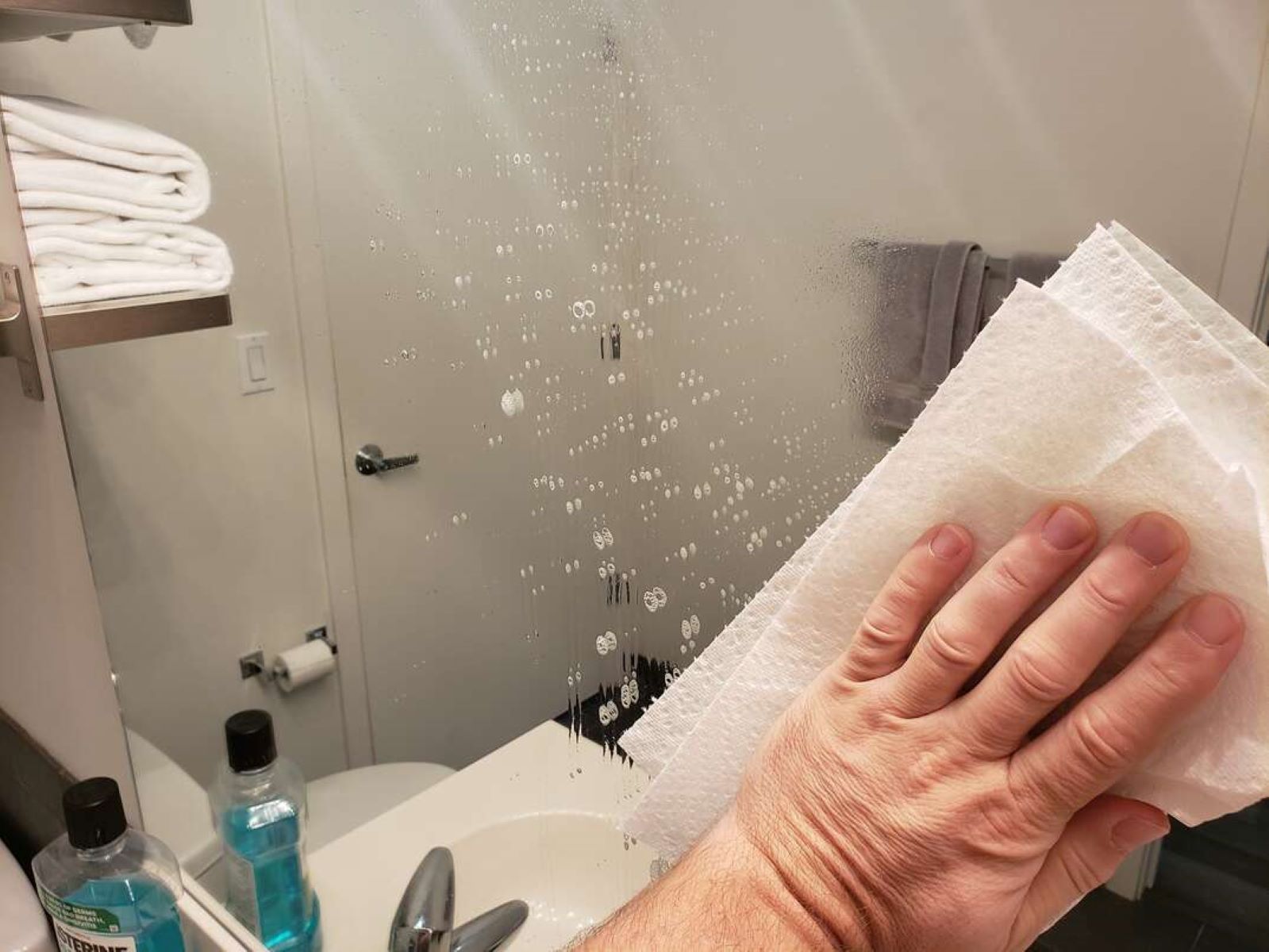
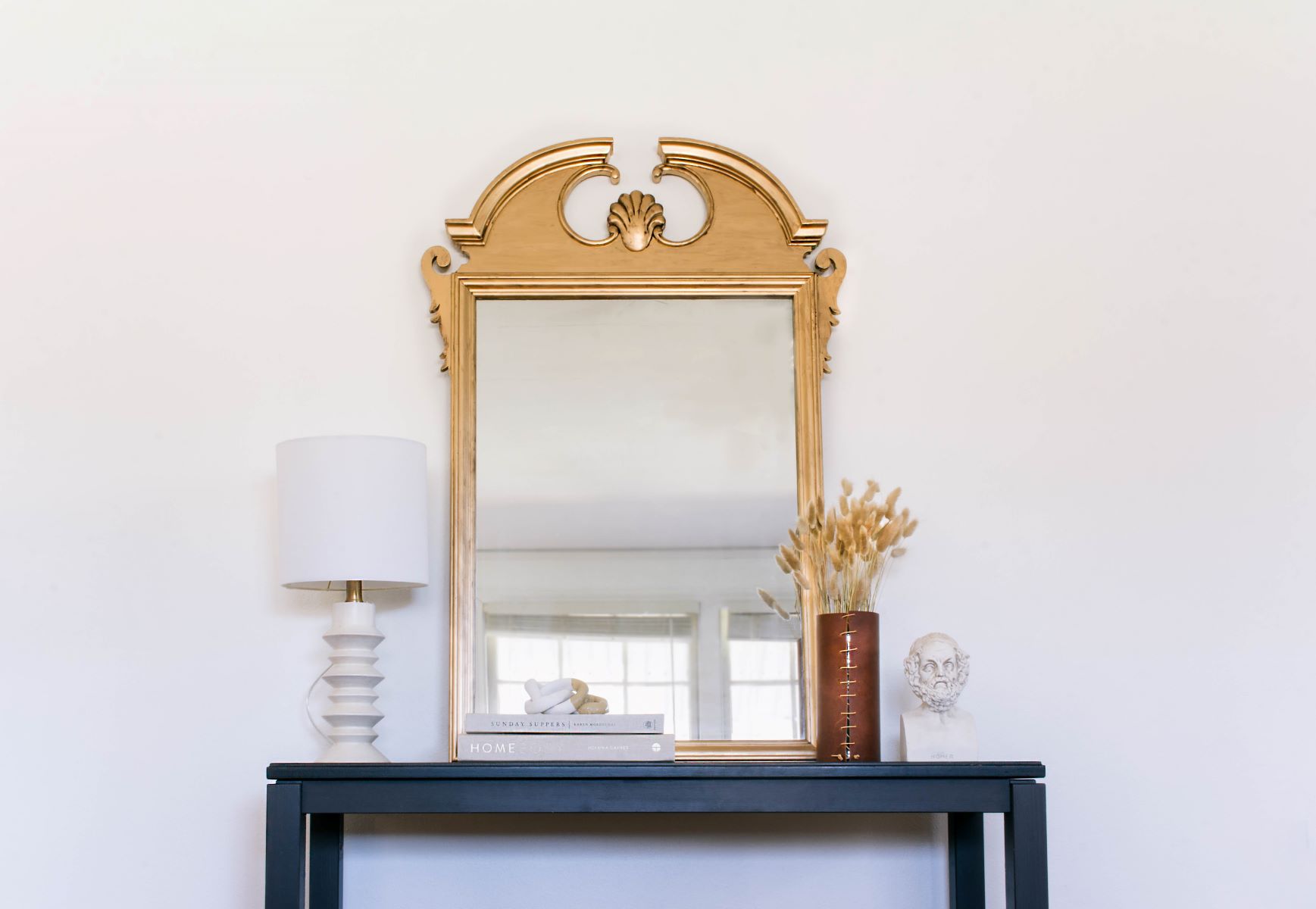
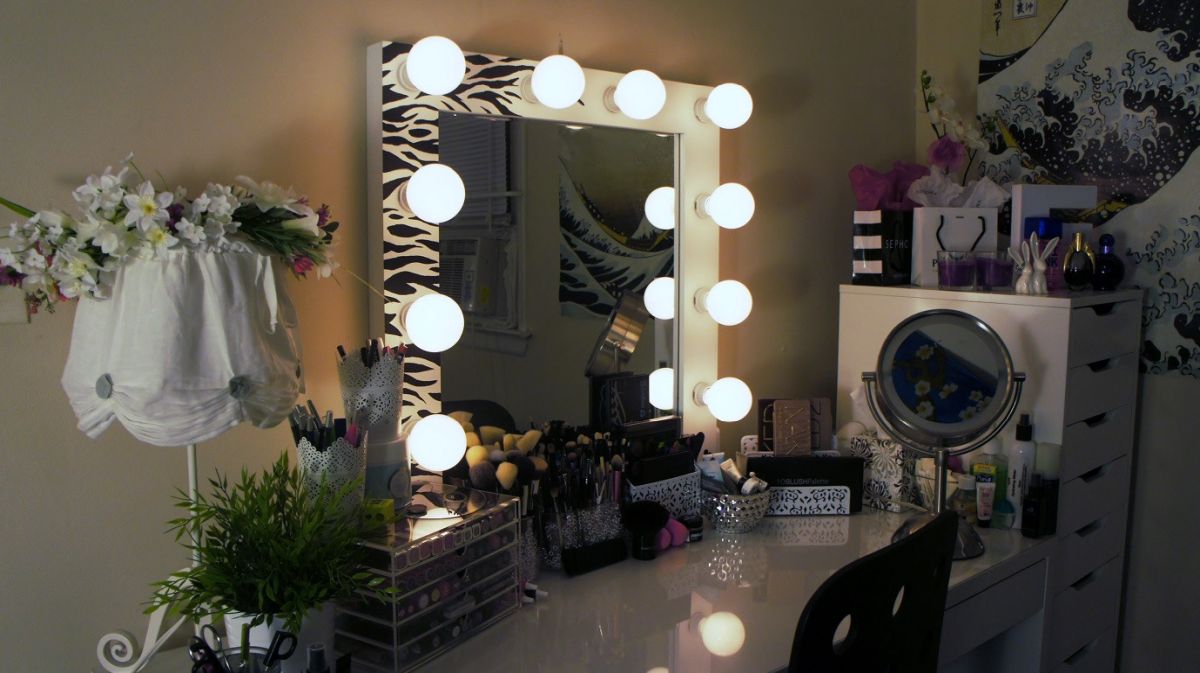
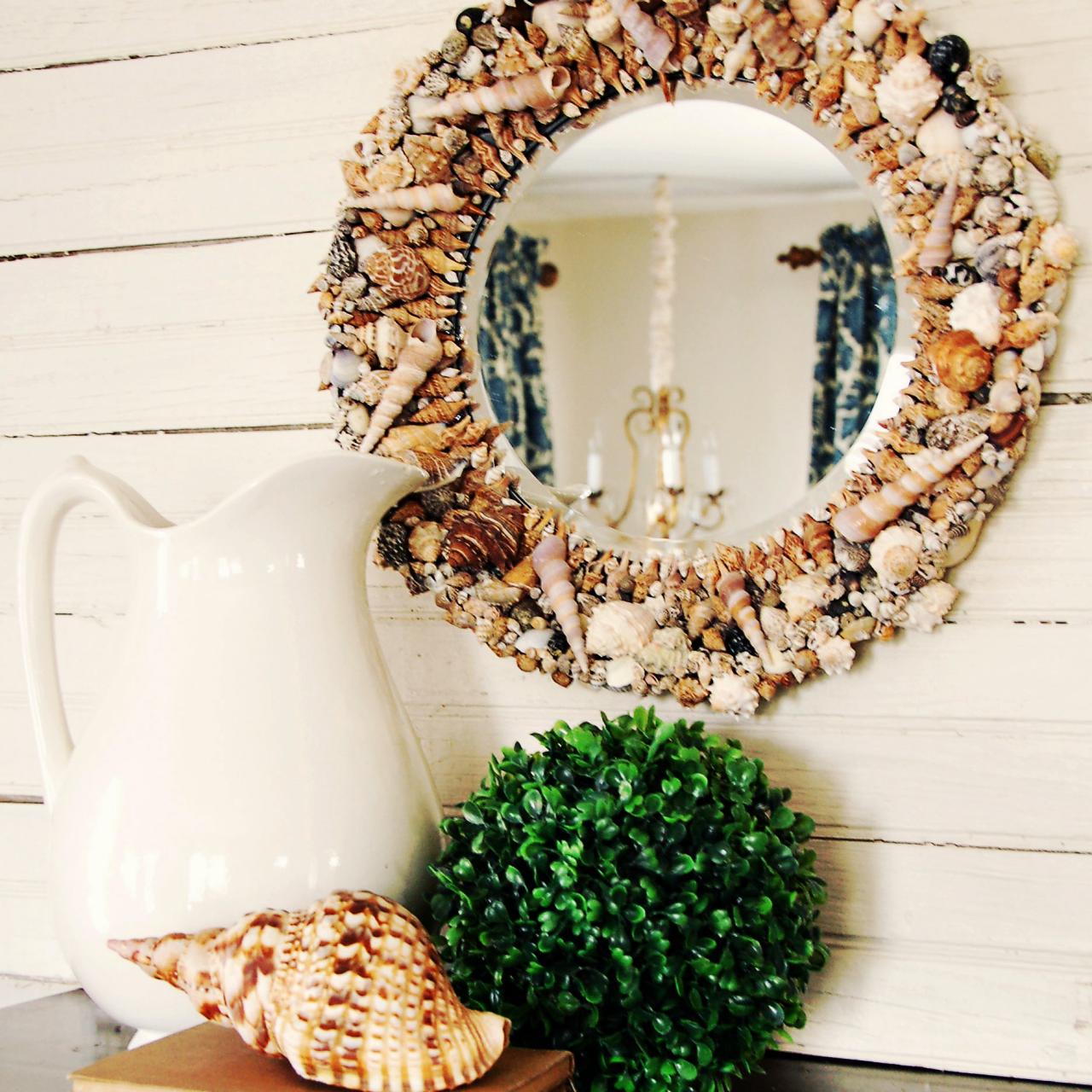

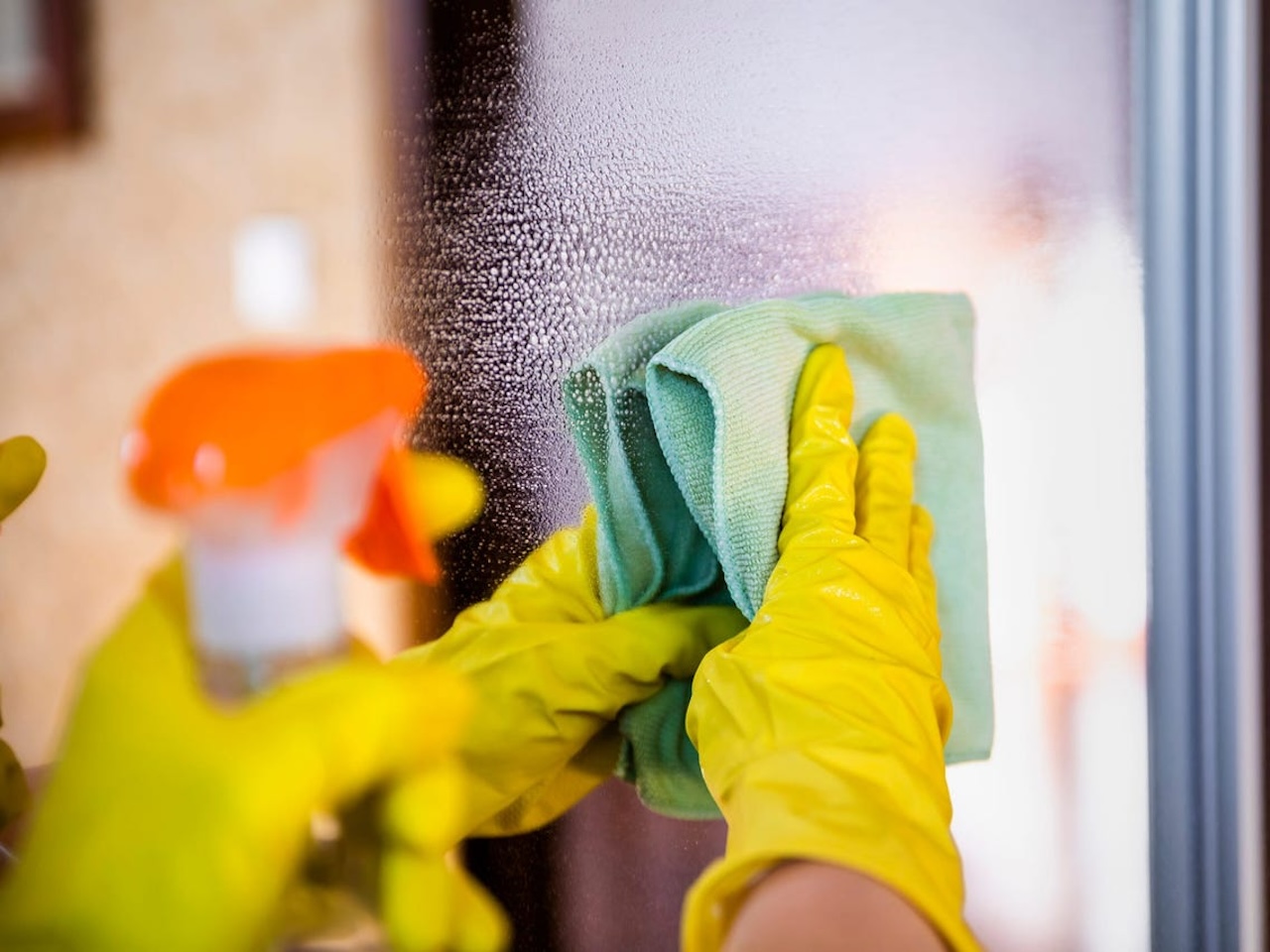
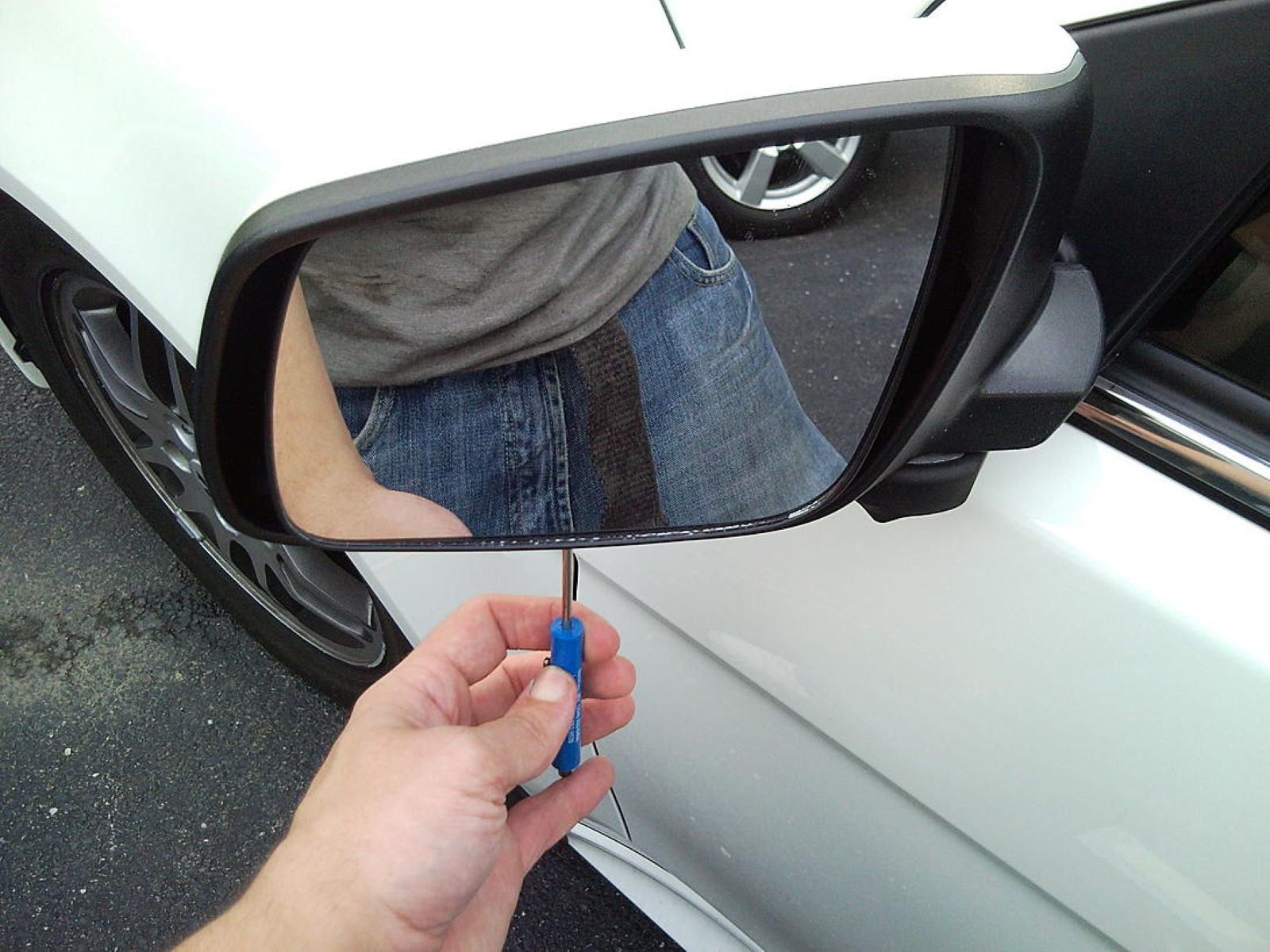
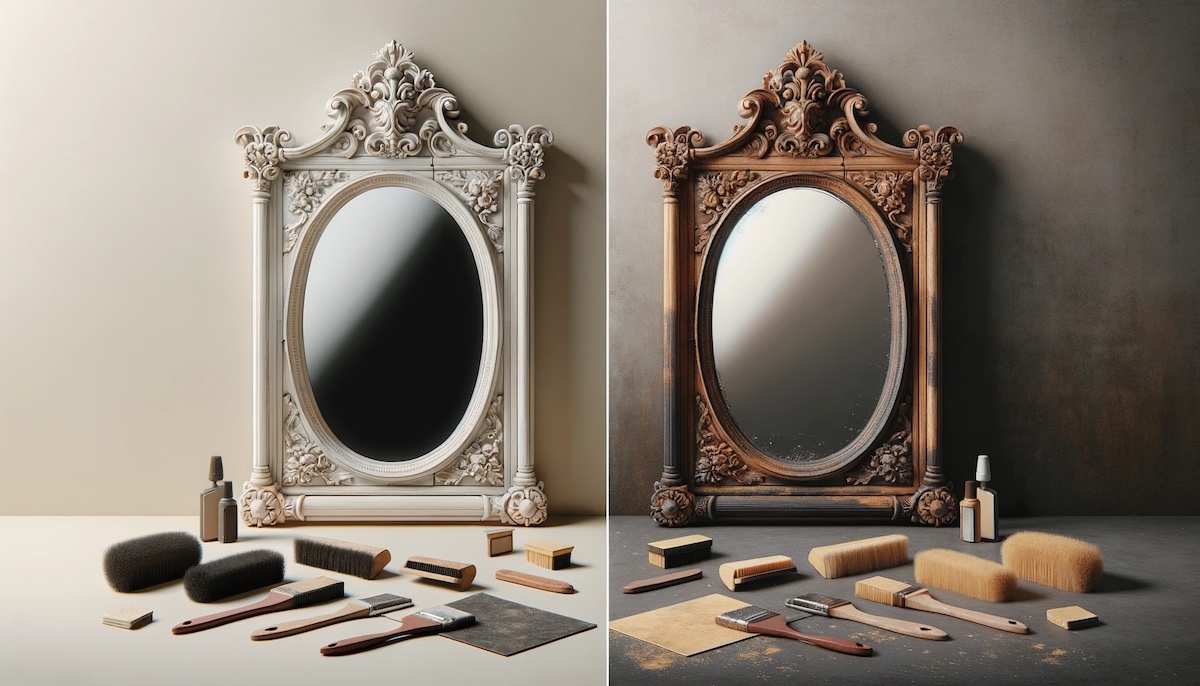
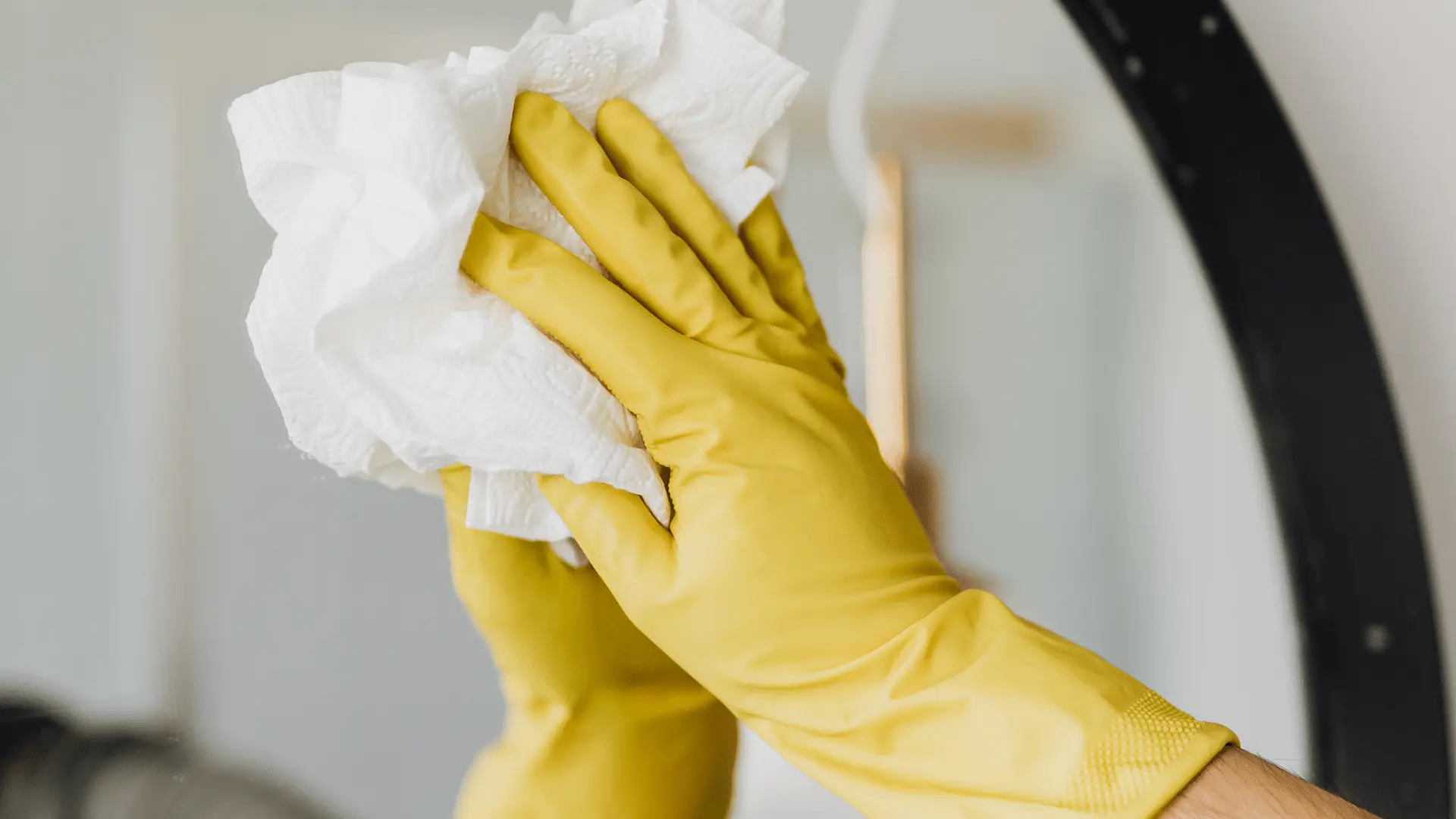
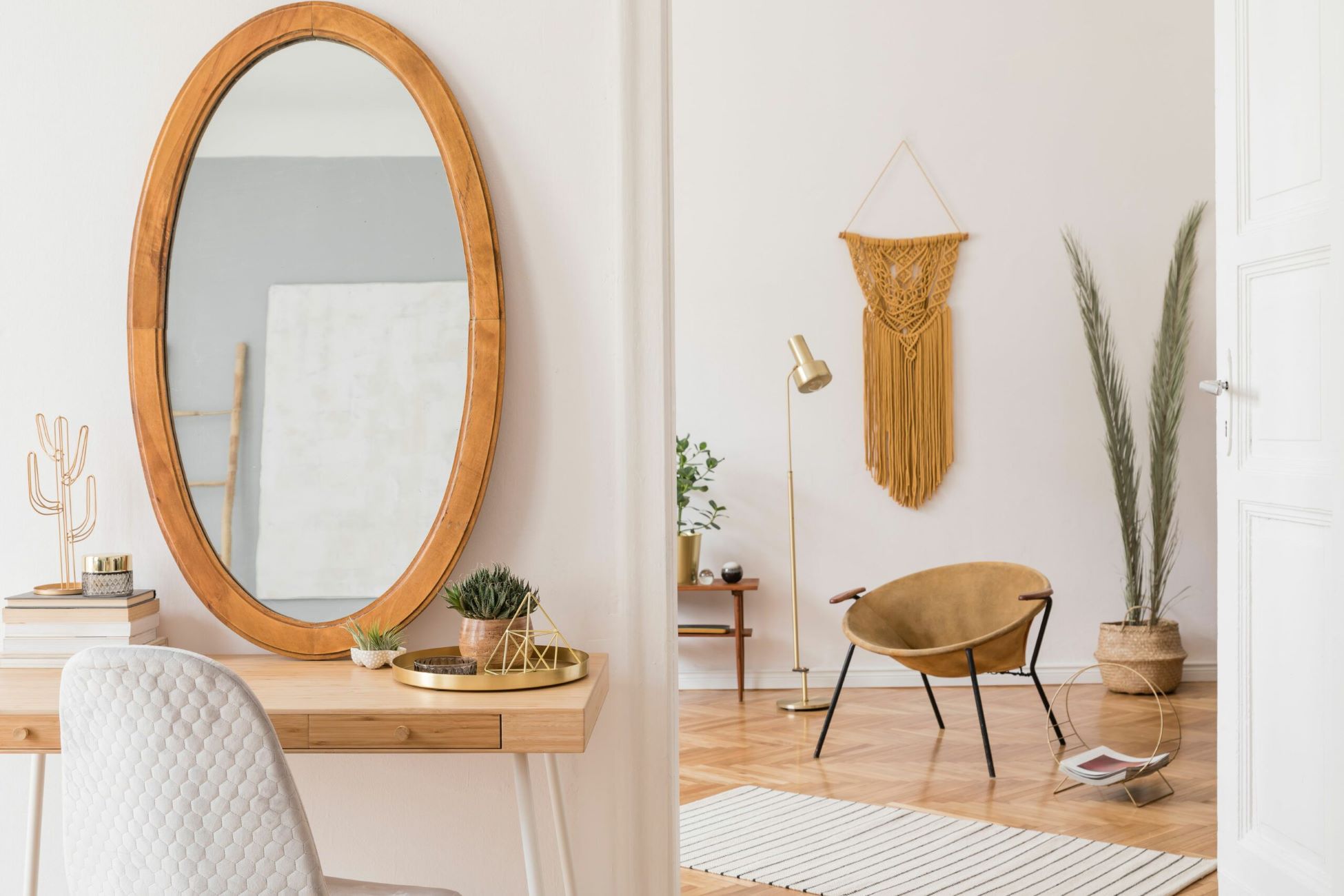

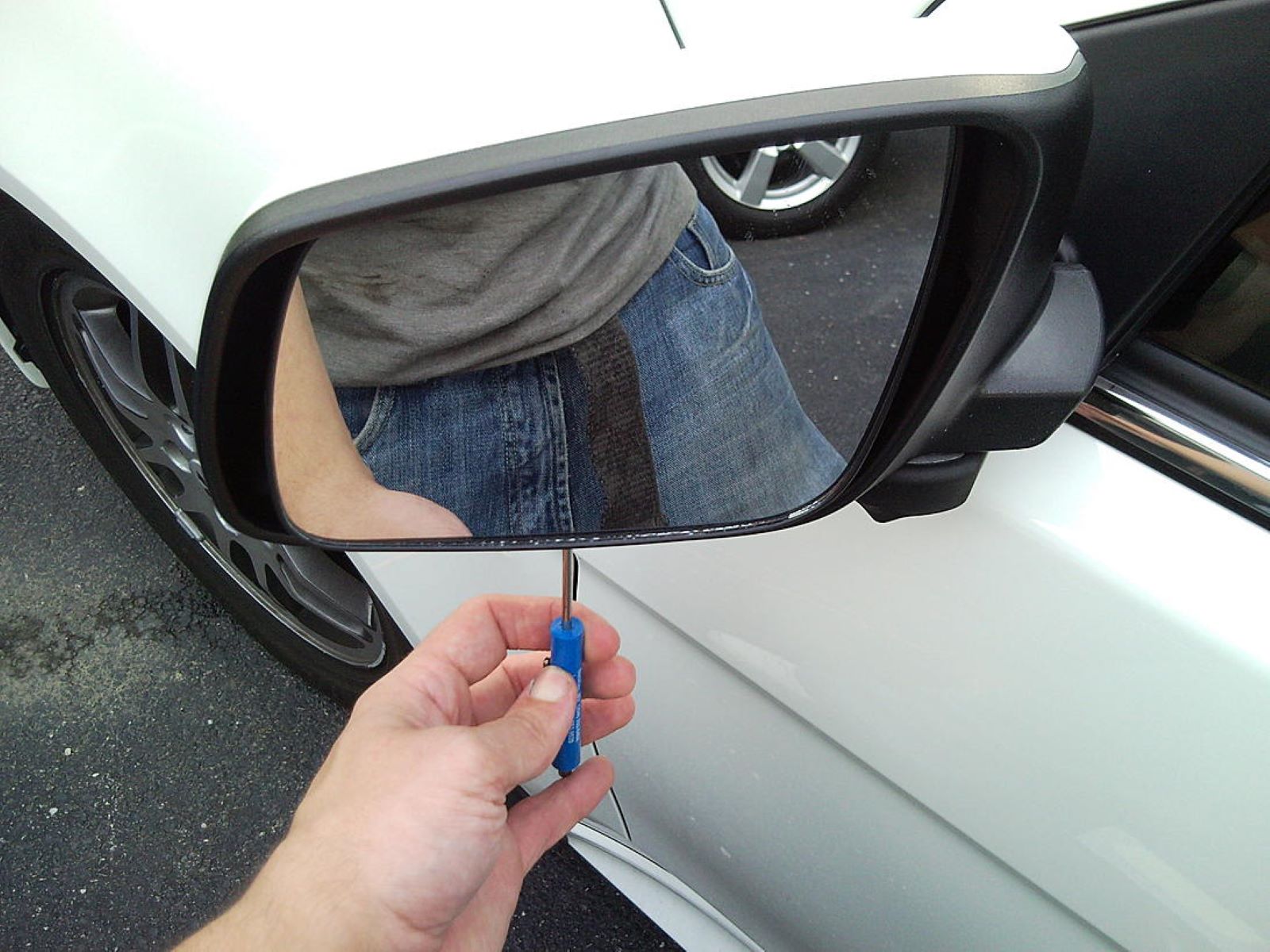
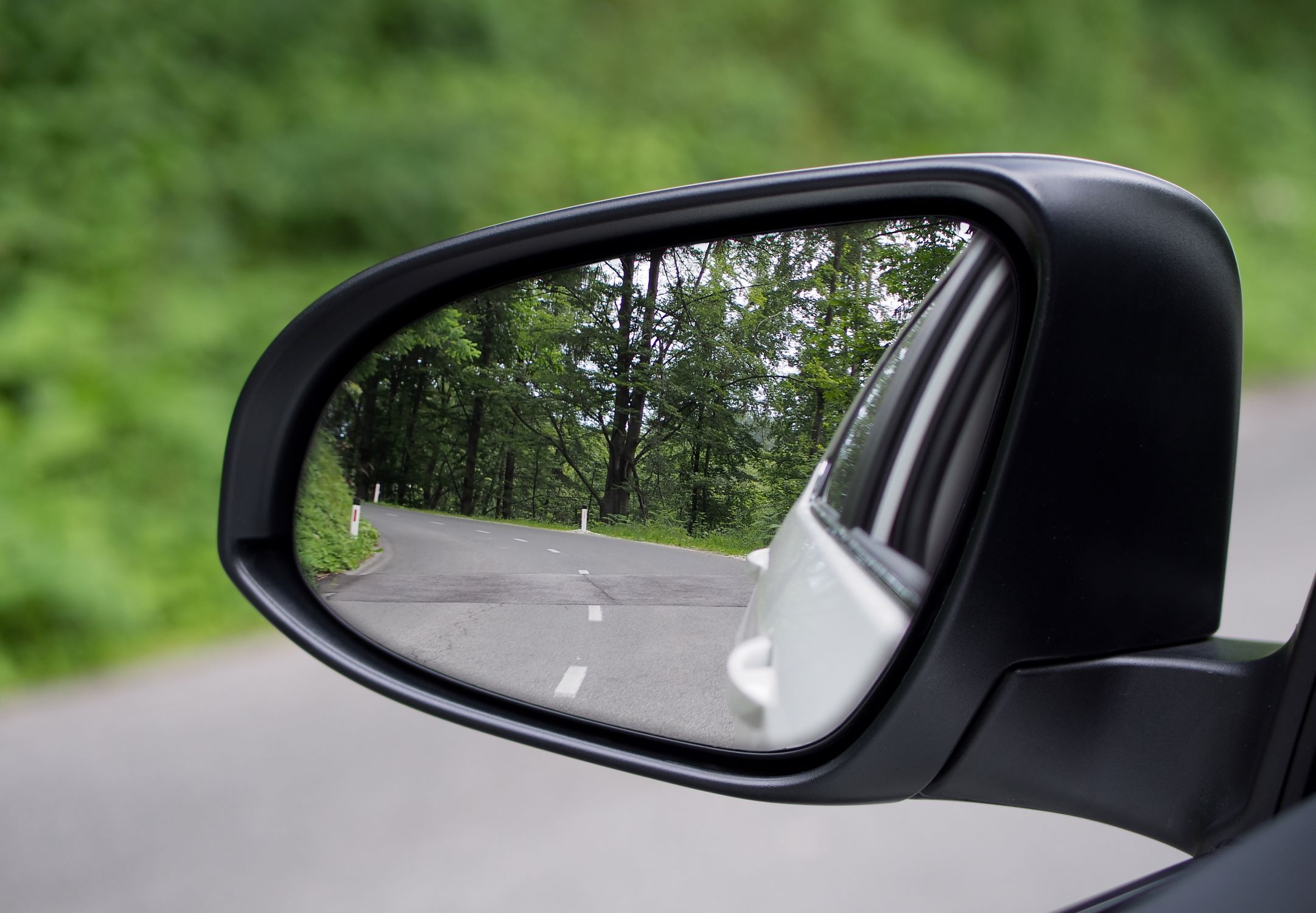
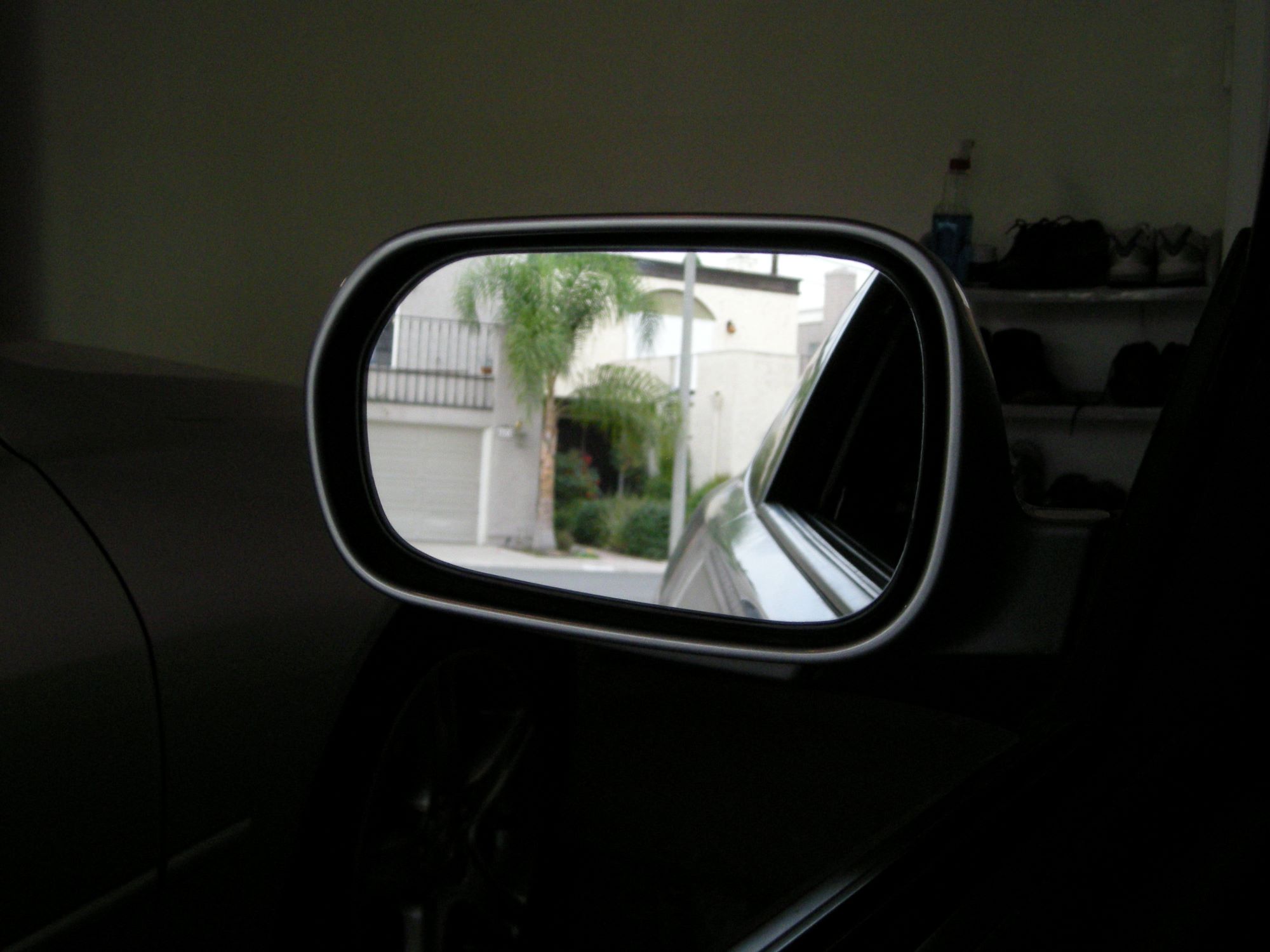
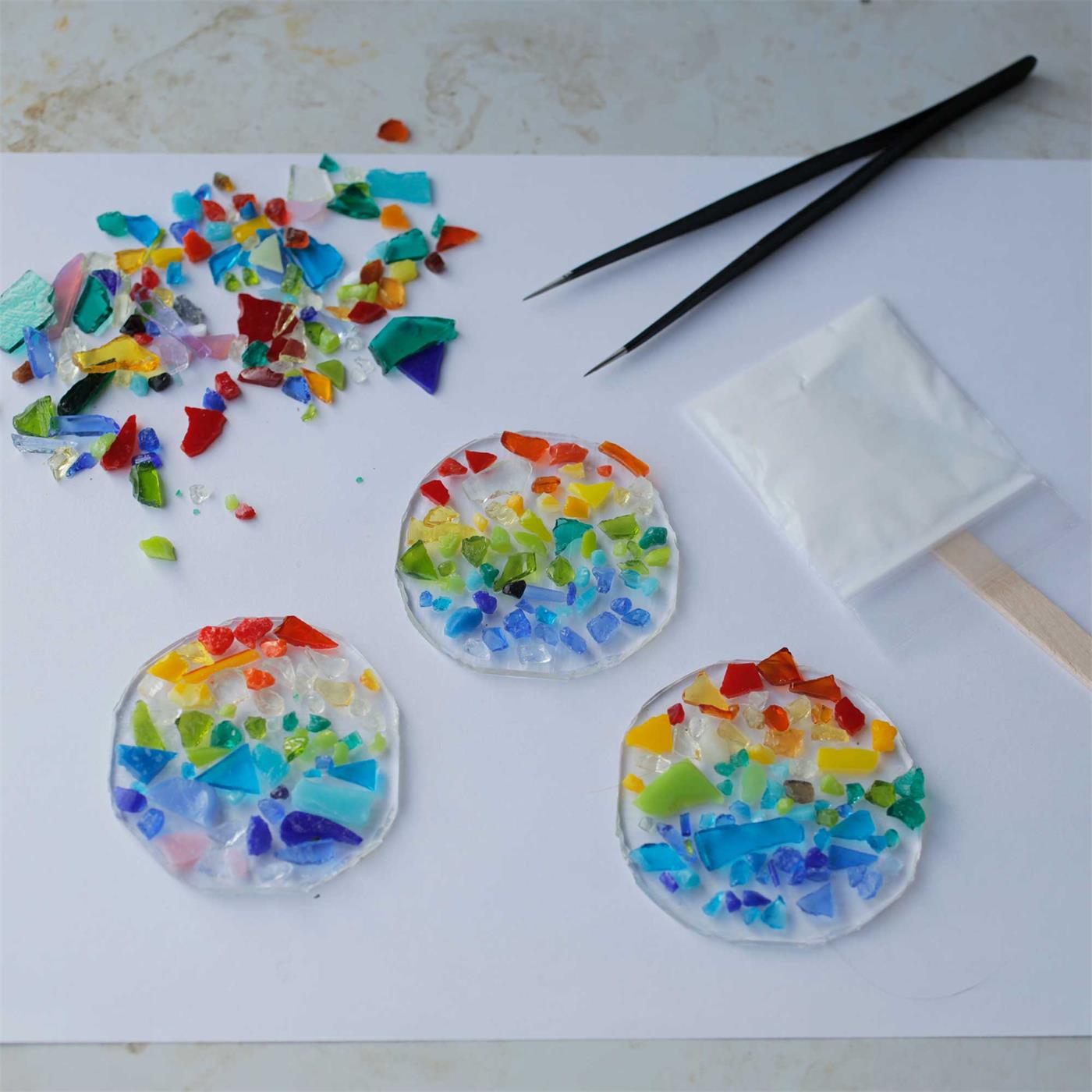

0 thoughts on “How To Make Glass Into Mirror”